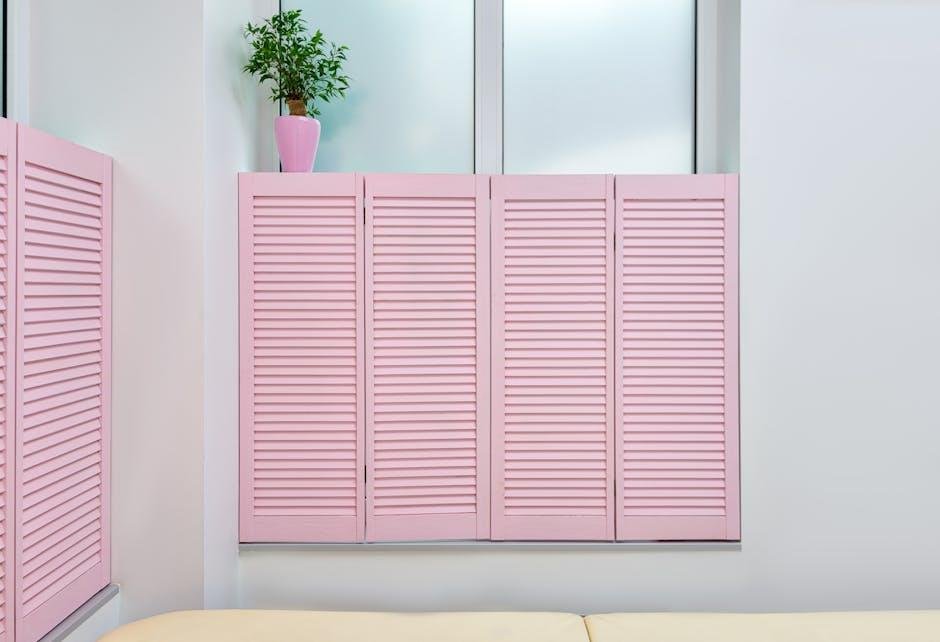In a world were open floor plans reign supreme, the art of zoning a room without the confines of walls presents an exciting chance for creativity and innovation. whether you live in a cozy studio apartment or a spacious loft, defining distinct areas within a shared space can enhance functionality and foster a sense of order. Imagine creating a tranquil reading nook in a bustling living area, or carving out a productive workspace amidst the comfort of home.This article will guide you through a variety of techniques and ideas to achieve effective zoning using furniture, colors, textures, and lighting, empowering you to transform your environment into a harmonious blend of style and purpose—without ever lifting a hammer. Join us as we explore how to embrace the beauty of openness while still cultivating privacy and individuality in your living space.
Creating Visual Boundaries with Furniture Arrangement
arranging furniture is a powerful tool in creating zones within an open space without the need for physical barriers. By strategically positioning furniture, you can define different areas that serve distinct purposes. To facilitate this, consider the following elements:
- Area Rugs: Use rugs to visually anchor seating arrangements, helping to delineate the living area from the dining or work space.
- Furniture Choices: Choose pieces that naturally invite separation; for instance, a tall bookshelf can serve as a partial divider while still allowing light to filter through.
- Seating Arrangements: Create intimate conversation spots by clustering chairs and sofas, enhancing the cozy feel of an area.
In addition to these methods, consider the traffic flow when arranging furniture. You want to ensure that moving between zones is seamless yet intentional. Here’s a simple table to visualize the impact of different arrangements:
| Arrangement Type | Ideal For |
|---|---|
| U-Shaped | Social gatherings and conversations |
| Parallel | Work and study zones |
| Diagonal | Dynamic and inviting layouts |

Incorporating Color and Texture for Definition
To visually separate spaces without physical barriers, using a variety of colors and textures can effectively delineate areas while adding depth and character to the room. Consider selecting a rich, bold color for one section to create a focal point, while opting for softer, more neutral tones in other areas to promote a sense of calm and cohesion. Textures play a crucial role as well; think of incorporating elements such as velvet cushions, woven rugs, or sleek metals to establish contrast and interest. This dynamic interplay can help guide the eye and enhance the overall ambiance without compromising the open feel.
Utilizing items like area rugs or creative lighting can also reinforce these defined spaces. Area rugs can act as natural dividers while providing warmth and comfort, while strategically placed lighting can illuminate specific zones and create a cozy atmosphere. Here are some textural elements you might consider incorporating:
- Textured throws for added warmth
- Wood finishes for an organic touch
- Metal accents for modern flair
In addition, mixing materials can invigorate the design. A stylish coffee table made of glass combined with a chunky knit blanket or a rustic wooden shelf housing vibrant plants can effortlessly tie together different zones. By incorporating these elements thoughtfully, you can create a beautifully defined space that feels cohesive yet distinct.

Utilizing Lighting to Enhance Spatial Separation
Lighting plays a pivotal role in the art of defining spaces without physical barriers. By strategically employing various types of illumination,you can create distinct areas within a single room,making it feel more organized and inviting. Consider using a combination of ambient, task, and accent lighting to delineate zones effectively. For example, a well-placed floor lamp can illuminate a reading nook, while pendant lights above a dining table can draw attention to meal times, subtly crafting separate experiences within the same environment.
Moreover, layering your lighting adds depth and enhances the sense of separation. Use dimmers to adjust brightness levels according to the time of day and mood, ensuring each zone feels appropriately set. Incorporating color temperatures can also aid in this process; warmer tones may create a cozy living area, while cooler, brighter lights inspire focus in a workspace. to illustrate the effects of different lighting styles, the table below summarizes how various lighting techniques can transform the atmosphere of a room:
| Lighting Type | Purpose | Examples |
|---|---|---|
| ambient Lighting | General illumination | Recessed lights, ceiling fixtures |
| Task Lighting | Focused light for activities | Desk lamps, under-cabinet lights |
| Accent Lighting | Highlight features or artwork | Wall sconces, spotlighting |

Implementing Flexible partitions for Dynamic Spaces
To maximize utility in dynamic spaces,consider flexible partitions that allow you to adapt your environment effortlessly. These partitions can be made from a variety of materials, such as fabric, wood, or even obvious acrylic, enabling customization to fit the aesthetic of your room. By utilizing movable screens or modular furniture, you can create defined areas for different purposes without the permanence of walls. This approach embraces a sense of freedom, allowing the room to evolve based on your needs—be it for work, play, or relaxation.
Additionally, incorporating elements such as curtains, bookshelves, or framed artworks can serve as both functional dividers and decor. When planning your zoning strategy, consider these effective options:
- Sliding Panels: Easy to open and close as needed.
- Room Dividers: Add texture and dimension to your space.
- Furniture Arrangements: Use sofas and chairs to subconsciously guide traffic flow.
It’s also essential to maintain visual continuity while zoning. Below is a brief overview of strategies that ensure that separate areas feel cohesive:
| Zoning Element | Visual Effect |
|---|---|
| color Coordination | Unified look across zones |
| Consistent Flooring | Seamless connection between spaces |
| Decorative Accents | Linking elements that harmonize areas |
The Way Forward
As we conclude our exploration of how to zone a room without the constraints of walls, it becomes clear that creativity is the ultimate tool in redefining your living space. With a thoughtful blend of furnishings, light, color, and function, you can craft distinct areas that serve different purposes, all within the same physical environment. Whether it’s designating a cozy reading nook,a productive work corner,or an inviting entertainment area,the possibilities are limited only by your imagination.
Remember,zoning without walls doesn’t have to adhere to rigid designs or conventional norms—embrace fluidity and let your personal style shine through. As you embark on this journey,take time to experiment and adjust,discovering what resonates with you and your lifestyle. Ultimately, it’s about creating an atmosphere that nurtures comfort, productivity, and connection. So go forth, and transform your space into a harmonious and versatile haven that truly reflects who you are.



